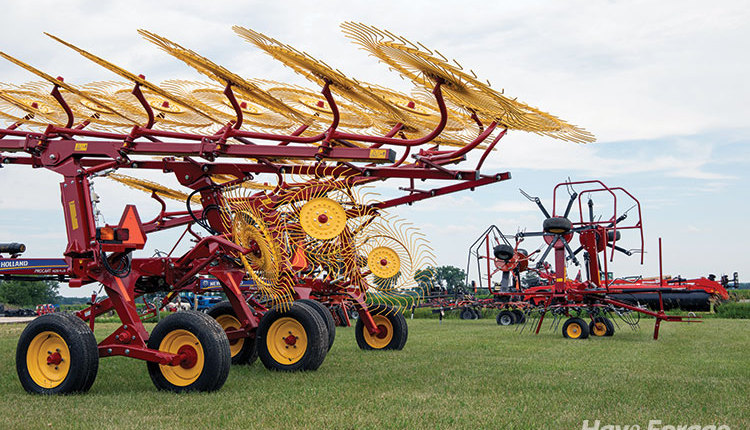Breaking out the crystal ball |
| By Adam Verner |
|
|
|
The author is a managing partner in Elite Ag LLC, Leesburg, Ga. He also is active in the family farm in Rutledge.  It's been fun during the first half of 2022 in the equipment industry (insert sarcasm here). For almost two years, we have seen unprecedented price hikes in all aspects of the agricultural industry. I wish I could tell you that the tables are turning and heading the other way, but that will probably have to wait for a 2023 column! For the most part in 2020, we operated using the equipment that was already manufactured and with parts that were on warehouse shelves. In 2021, the equipment industry started to realize the shortcomings of “on-time” production schedules, coupled with delivery issues. Now, in 2022, combine the labor shortages, lack of parts to build units, and still strong demand for new products, and it has led us to a precarious and undesirable situation. High school economics Let’s figure out how we got here, and I’ll give you my opinion where we are going in the next six to 12 months. Most of the issues fall back to high school when everyone first learned about supply and demand. When everyone was at home during the second quarter of 2020 with a little extra money in their pocket, the landscape side of the equipment industry went crazy. This strong demand remained all the way through first quarter of 2022. Once our food supply began to tighten in 2020, this led to the eventual rise in the commodity markets. These commodities have remained strong through this summer. There has been some retracting in the cotton markets, but corn, wheat, and soybeans continue to be high-value crops. With the commodities only having a modest price from 2015 through 2020, this newfound wealth led to a great number of farmers who were anxious to upgrade their equipment once markets headed north. The big agricultural equipment demand remains strong as this is written, and I believe will most likely continue through year’s end. With both landscape and large agricultural equipment being in record demand at the same time, this led to unprecedented challenges for all aspects of the equipment industry. Most manufacturing facilities have outsourced many components of their equipment through the years. This has always been the most cost-effective way to produce these specialty items. Here, I’m referencing components such as hydraulic pumps, valves, fuel pumps, injectors, and even tractor cabs. But with the new labor shortages, post-COVID-19 has left most of these companies struggling to keep up and eventually getting way behind. Some of the parent manufacturers have brought a portion of their production back “in-house.” As of this summer, they are starting to make a little progress on equipment being consistently produced. Where are we heading? With interest rates and inflation rising rapidly, I believe the consumer/landscape product demand will begin to slow in the last half of 2022. This will allow the manufacturers to get some units in stock and back on dealers’ lots in time for the spring selling season. Personally, I would be surprised if costs remain at their current levels and expect demand will subside in 2023 compared to what we have seen in the lower horsepower tractor market the past few years. In the large agricultural equipment market, orders are currently being placed for summer and fall of 2023. For the most part, production is still behind when compared to prepandemic numbers. I believe demand will continue to outpace production well into next year. The rising cost of equipment and interest will definitely play a factor, but if customers can harvest a bumper crop of $7 corn, $15 beans, and $12 wheat, there will undoubtedly be some equipment traded by year’s end. I would hold on to equipment until the new machine is sitting in my shed. Delays are still the norm for the foreseeable future. Planning a year ahead will likely become a normal practice with equipment purchases for progressive farmers in the next few years. Hope this helps, and have a great fall harvest. This article appeared in the August/September 2022 issue of Hay & Forage Grower on page 11. Not a subscriber? Click to get the print magazine. |
